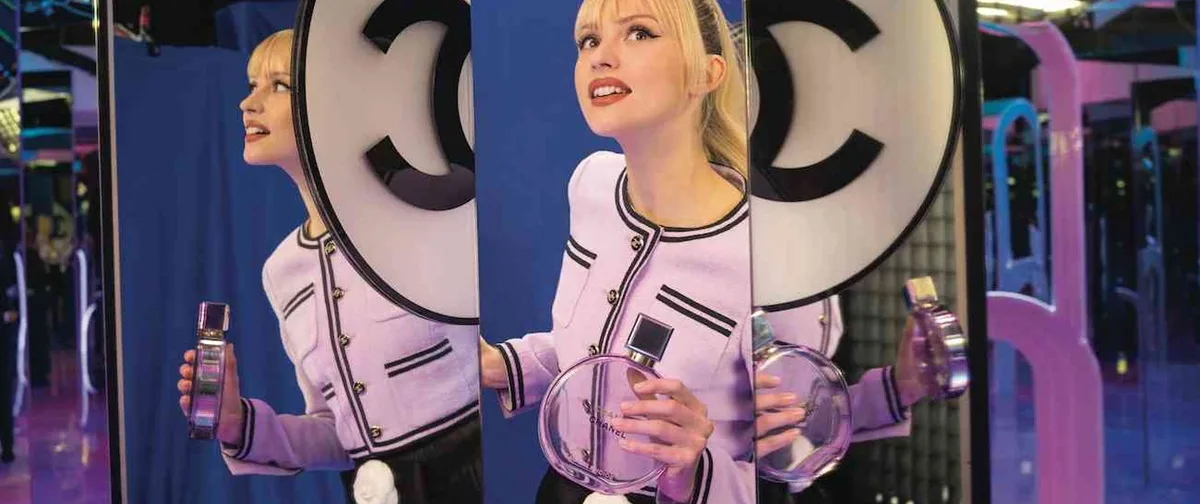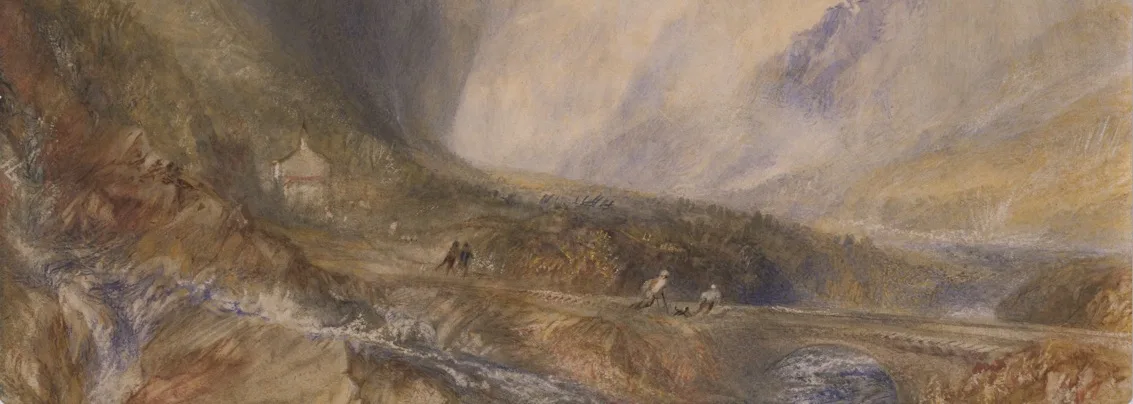London – Christie’s will present Sculpture in the Square an outdoor sculpture garden set within St James’s Square, London, on view to the public from 23 May to 29 June 2017. The exhibition will display a dozen works that will be offered in the Modern British Art and Impressionist & Modern Art sales as part of 20th Century at Christie’s, a series of sales that take place from 26 to 29 June 2017. Artists include Anthony Caro, Lynn Chadwick, Barry Flanagan, Elisabeth Frink, Barbara Hepworth and Henry Moore. Presented in the garden square adjacent to Christie’s headquarters on King Street, the one-off exhibition will showcase the
Left: Henry Moore, Seated Woman, 1958-59, cast in 1975, 201 cm high, estimate: £600,000-900,000 Centre: Barry Flanagan, Nijinski Hare, bronze with grey/green patina, conceived in 1986, 244 cm high, estimate: £600,000-800,000 Right: Dame Barbara Hepworth, Curved Form (Bryher II), 1961, 212 cm high, estimate: £1,500,000-2,500,000 works as they were intended to be seen, in a landscape setting. Sculpture in the Square will coincide with the opening of this year’s Chelsea Flower Show, which runs from 23 to 27 May 2017.
Exhibition curator Nicholas Orchard, Senior Director, Modern British & Irish Art at Christie’s: “This exhibition offers viewers an opportunity to appreciate leading Modern sculptures within the landscape surroundings that the artists intended for them. These monumental forms will lead the Modern British & Irish Art Evening Sale and are a key element of the 20th Century season at a time when London is a focal point for the cultural and horticultural worlds. It is an honour to present these pieces within the prestigious garden setting of St James’s Square at a moment when the artworks will be complemented by the flora and fauna of this landscape.”
A focal point for the exhibition is a group of sculptures from The Tuttleman Collection. During their marriage, Edna and Stanley Tuttleman curated one of the most eclectic and diverse collections of art, which spans multiple decades and a variety of media. Leading the group is Barbara Hepworth, who consistently pointed to the significance that landscape and its interaction with human beings had for her as a sculptor. Curved Form (Bryher II) (1961, estimate: £1,500,000-2,500,000) is pierced with a large hole, an essential element in Hepworth’s sculpture from 1932 onwards. Hepworth used holes as a device for creating abstract form and space, and to unite the front and the back of the work. Curved Form (Bryher II) belongs formally to her ‘Single Form’ series, which she first approached in the 1930s and developed throughout her career. This group of works – first in wood and marble then later in bronze – has become enmeshed with the story of the much- respected second secretary-general of the United Nations, Dag Hammarskjöld, and their relationship. Hepworth found in him a kindred spirit, sharing political views on the responsibility of the artist in the community and more broadly the individual within society. Other casts of Curved Form (Bryher II) are in the collections of the San Francisco Museum of Modern Art, the Hirschhorn Museum and Sculpture Garden, Washington, and at the De Doelen Concert Hall, Rotterdam.
Further highlights from The Tuttleman Collection include Sir Anthony Caro’s London (1966, estimate: £500,000- 700,000). Caro played a pivotal role in the development of twentieth-century sculpture; after assisting Henry Moore in the mid-1950s, Caro visited New York where he met the influential art critic Clement Greenberg, along with leading American artists including Kenneth Noland, Helen Frankenthaler, Jules Olitski and the sculptor David Smith. On his return to England, Caro’s work of the 1960s incorporated industrial materials, which he painted in bright household colours and transformed through cutting and welding to create urban, radical assemblages.
More works central to the exhibition include Barry Flanagan’s Nijinski Hare (1986, estimate: £600,000-800,000). Always active, suggesting speed lightness and grace, Barry Flanagan’s leaping hare became the leitmotiv of his work. The ongoing series was first exhibited at the Venice Biennale in 1982 and the present work is based on the Polish-born Russian ballet dancer Bronislava Nijinska. Flanagan used the natural agility of the hare to represent both the delicacy and power of her performances.
Elisabeth Frink’s Horse (1980, estimate: £700,000-1,000,000), which was originally commissioned by the Earl of March for Goodwood Racecourse in Sussex. Throughout her life Frink was drawn to nature, but her work was not intended as an exact likeness, instead she strove to capture the characteristics and
Sir Anthony Caro, London, steel painted red, conceived in 1966, 206 cm long, estimate: £500,000-700,000
Dame Elisabeth Frink, Horse, bronze with a grey/brown patina, conceived in 1980, 252 cm wide, estimate: £700,000-1,000,000 idea of each creature. Life-sized, in Horse Frink portrays the strength and speed of the racehorse emphasised through its muscular body, long extended neck and delicate legs, which she depicts in motion, giving a wonderful sense of dynamism to the work, complemented by the horse’s pricked ears and alert nature.

















Show Comments +